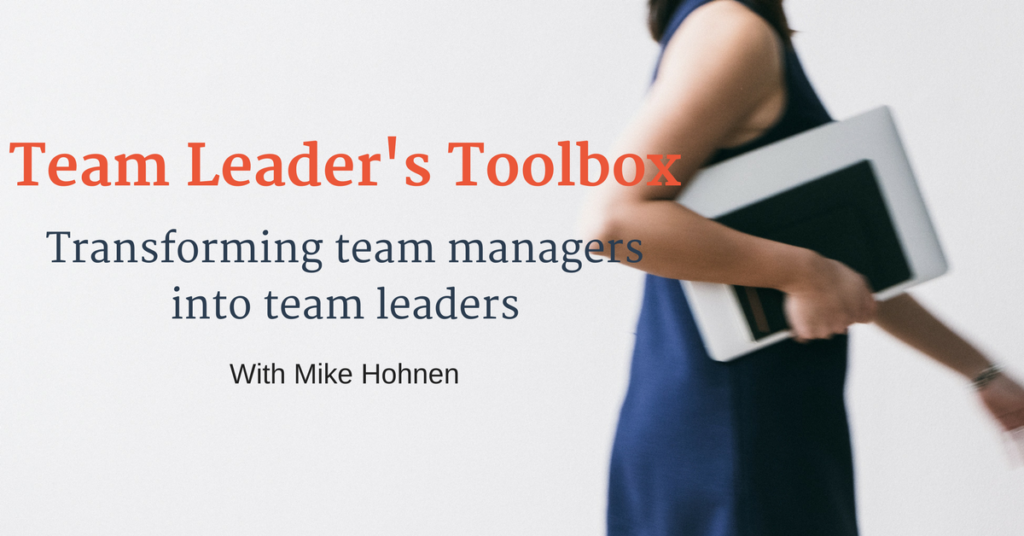
Probably.
The better decisions they take, the easier your life becomes. That is the bottom line.
So how can you help them do that?
It’s all about awareness as we discovered in last week’s post. They need help to raise their awareness about their own decision-making process.
How often do you review decisions taken by your direct reports together with them? Other than maybe telling them that whatever they decided was in the good/bad category?
As you may remember, this is a point I have made several times in this blog. We don’t automatically learn much from our experiences. If we did, we would never make the same mistake twice, would we? We only learn from our experiences when we take the time reflect on them.
But in a busy service environment, reflection is not top of mind. Fire-fighting is more the mode we are in. The mantra seems to be: Do something if it works fine; if not, try something else. It puts out the fire most of the time but we don’t learn a lot from the process.
So instead of getting frustrated next time one of your people makes a less than perfect decision, try sitting them down for a chat. Make it clear that this is not a reprimand but a learning session. Use a reverse GROW process as the framework for the conversation.
- What were you trying to achieve? (Goal)
- What was the reality of the situation? (Reality)
- What options did you have? (Options)
- What did you decide? (Will)
In my personal experience, the two key points in this discussion are:
1) What was the reality of the situation?
Did they jump to conclusions, or confuse their assumptions with facts? Often it turns out their decision was based on everything but the reality of the situation.
2) What options did you have?
As humans, we have a tendency to stick with the first solution that pops into our head. “Ahha got it, I will do this”. Maybe the first solution is the right one, that flash of inspired insight. But more often than not, that first idea that pops up has overlooked other possibilities.
This is where it can be helpful to explore with them what other options were actually available. It will help them understand that next time, it might be worthwhile to pause for a moment and try and come up with a few more alternatives.
When we do this, we help our colleagues see how their decision-making process operates. Now they have a basis for getting better.
This works well in one-to-one sessions. But we can use exactly the same review process to consider decisions that we have taken together. The key here is to avoid blaming any individual but looking at the collective decision-making process in order to learn from it.
This the fourteenth blog post in a series where Mike is exploring:
Building capacity is at the heart of the Service Profit Chain. If you are not familiar with the intricacies of is model, don’t forget to check out Mike’s online courses where you will find a lot of great tools, resources and knowledge on Leadership Development and The Service Profit Chain.



